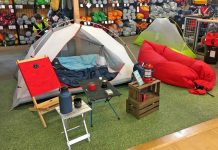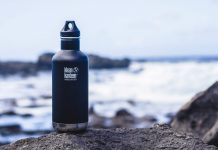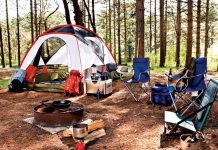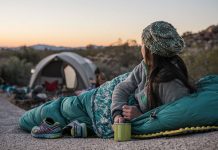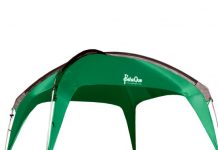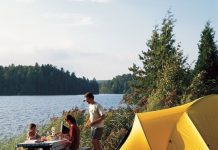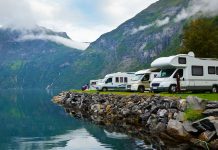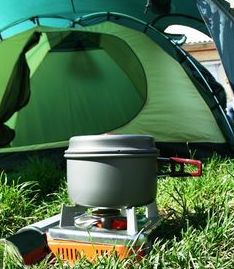 It seems like everywhere you look whether it is on the Internet or in camping specialized magazines there are constantly new supplies and new gear being manufactured.
It seems like everywhere you look whether it is on the Internet or in camping specialized magazines there are constantly new supplies and new gear being manufactured.
Camping gear companies always have some new gadget that make fellow campers feel like they need to keep up with the times and keep up with the ever changing world of camping gear.
We decided to break down these supplies for you and let you know exactly what is out there so that you can sit down and decide what supplies and gear are necessary for you and your camping group.
Depending on if you are camping only or if you are maybe incorporating mountain climbing with your camping trip there are different kinds of snow and ice gear such as snowshoes and flotation tails.
If you are an avid camper you most likely have become a more advanced camper-in-the-kitchen. It definitely takes several camping trips and the desire to eat like a king while camping to motivate most campers into exploring the numerous options for products on the market that will aid in cooking while camping.
There are specially designed coffee and tea sets as well as specially designed pots and cooking systems. There is even a gadget that is two pots stacked on top of each other to create more space while cooking two separate dishes.
If you are really avid in the camping kitchen you may also want to look into some of the dishware products that are out there on the market. For example there are deep dish plates and medium dish plates for different sizes of meals.
And lastly there are ‘mountain plates’ and ‘mountain bowls’ which look like exactly what you would imagine camping gear to look like; stainless steel.
Maybe you are more into the hygiene and personal care aspect of camping and just cannot bring yourself to use the community restrooms or maybe you are scared to go to the camp ground showers. For people like this there are many types of camping gear on the market. You can buy a bag shower kit and a bag spigot cap.
As you can see there are definitely an overwhelming amount of camping supplies and gear on the market however you can easily narrow down any that would interest you by adhering to your needs while camping.

